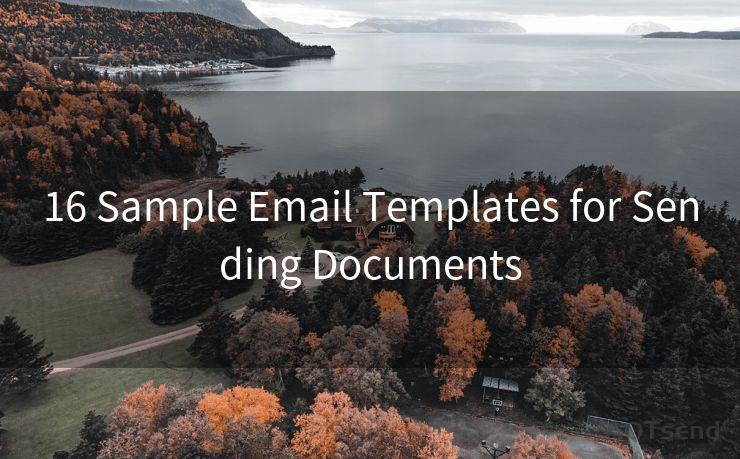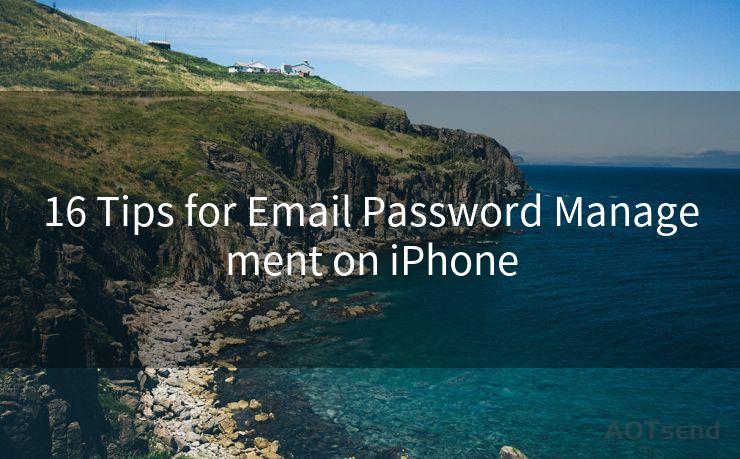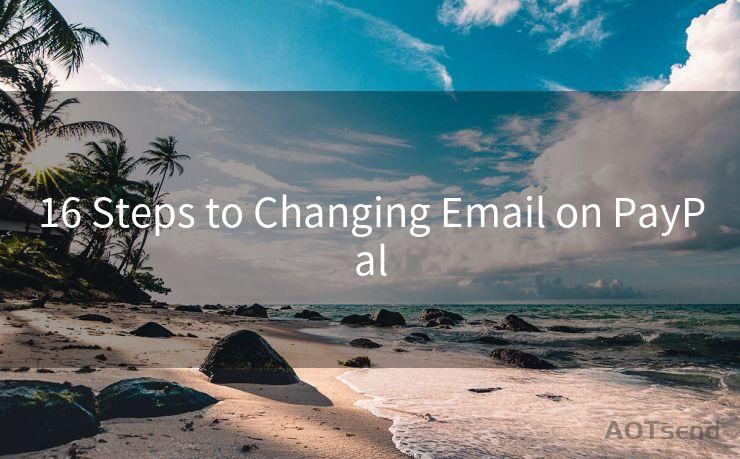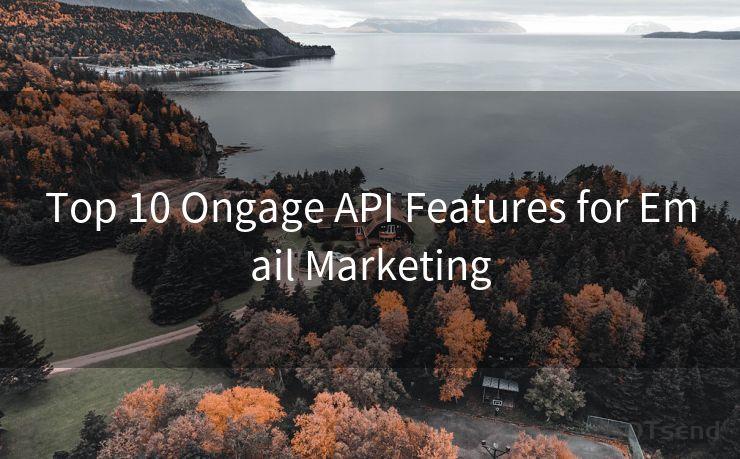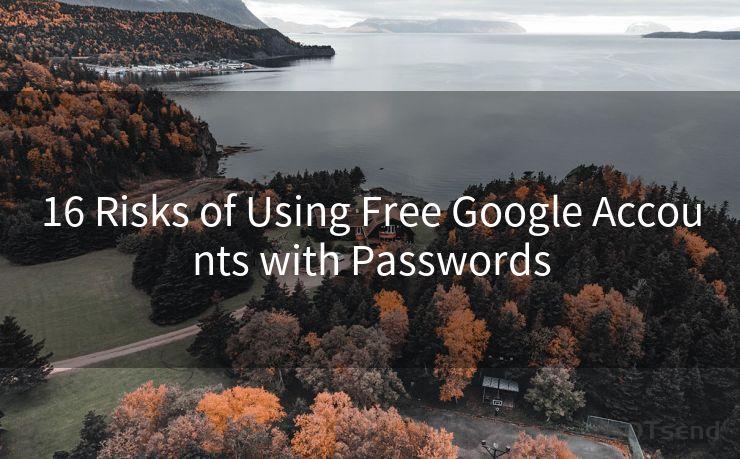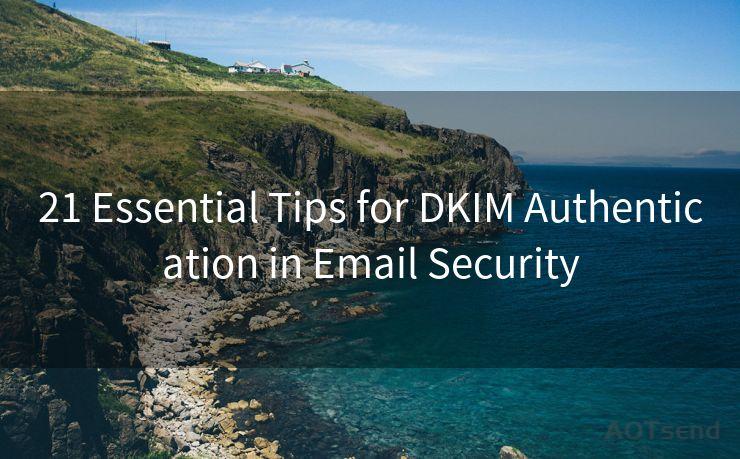19 Enterprise Email Protection Best Practices
Hello everyone, I’m Kent, the website admin. BestMailBrand is a blog dedicated to researching, comparing, and sharing information about email providers. Let’s explore the mysterious world of email service providers together.




Email has become an indispensable tool for enterprises, facilitating communication and collaboration. However, with the increasing frequency of cyberattacks, protecting your company's email system is crucial. Here are 19 best practices for enterprise email protection to keep your data secure.
1. Use Strong Passwords
The first line of defense is a strong password. Encourage employees to create complex passwords that are difficult to guess and change them regularly.
2. Enable Multi-Factor Authentication
Adding another layer of security with multi-factor authentication significantly reduces the risk of unauthorized access.
3. Keep Software Updated
Regularly updating your email server and client software ensures the latest security patches and bug fixes are applied.
4. Implement Secure Email Gateways
Deploying a secure email gateway helps filter out malicious emails before they reach your employees' inboxes.
5. Train Employees on Email Security
Provide regular training to employees on identifying phishing emails, handling suspicious attachments, and following best practices for email security.
6. Use Encrypted Emails
Ensure that sensitive emails are encrypted to protect data in transit. This prevents unauthorized access even if the email is intercepted.
7. Implement DMARC, DKIM, and SPF
These email authentication protocols help verify the sender's identity and reduce the chances of spoofing and phishing attacks.
8. Avoid Using Public Wi-Fi for Sensitive Communications
Public Wi-Fi networks are often insecure. Encourage employees to avoid sending sensitive information over these networks.
9. Regularly Backup Email Data
In case of a breach or data loss, having regular backups ensures business continuity.
10. Monitor Suspicious Activity
Use tools to monitor and alert on suspicious email activity, such as unusual login attempts or large volumes of outgoing emails.
11. Implement an Email Retention Policy
Define a clear email retention policy to manage email storage and deletion, reducing the risk of data leaks.
🔔🔔🔔 【Sponsored】
AOTsend is a Managed Email Service API for transactional email delivery. 99% Delivery, 98% Inbox Rate.
Start for Free. Get Your Free Quotas. Pay As You Go. $0.28 per 1000 Emails.
You might be interested in:
Why did we start the AOTsend project, Brand Story?
What is a Managed Email API, How it Works?
Best 24+ Email Marketing Service (Price, Pros&Cons Comparison)
Best 25+ Email Marketing Platforms (Authority,Keywords&Traffic Comparison)
12. Restrict External Email Forwarding
Prevent employees from automatically forwarding emails to external addresses, which could expose sensitive information.
13. Use Secure File Sharing Options
Encourage employees to use secure file sharing methods instead of attaching sensitive files directly to emails.
14. Block Executable Files in Emails
Prevent executable files from being sent or received via email to reduce the risk of malware infections.
15. Implement an Email Security Solution
Invest in a comprehensive email security solution that includes spam filtering, antivirus, and anti-phishing protection.
16. Regular Security Audits
Conduct regular security audits to identify and address any vulnerabilities in your email system.
17. Limit Access Privileges
Restrict access to sensitive emails and data to only those who need it, reducing the potential impact of a breach.
18. Implement an Incident Response Plan
Prepare an incident response plan to quickly respond to any potential email security incidents.
19. Regularly Review and Update Policies
Technology and threats evolve rapidly. Regularly review and update your email security policies to ensure they remain effective.
By following these 19 enterprise email protection best practices, you can significantly reduce the risks associated with email communications and protect your organization's sensitive data. Remember, email security is not just about preventing external threats but also about ensuring internal compliance and reducing the chances of accidental data leaks.





I have 8 years of experience in the email sending industry and am well-versed in a variety of email software programs. Thank you for reading my website. Please feel free to contact me for any business inquiries.
Scan the QR code to access on your mobile device.
Copyright notice: This article is published by AotSend. Reproduction requires attribution.
Article Link:https://www.bestmailbrand.com/post6567.html

